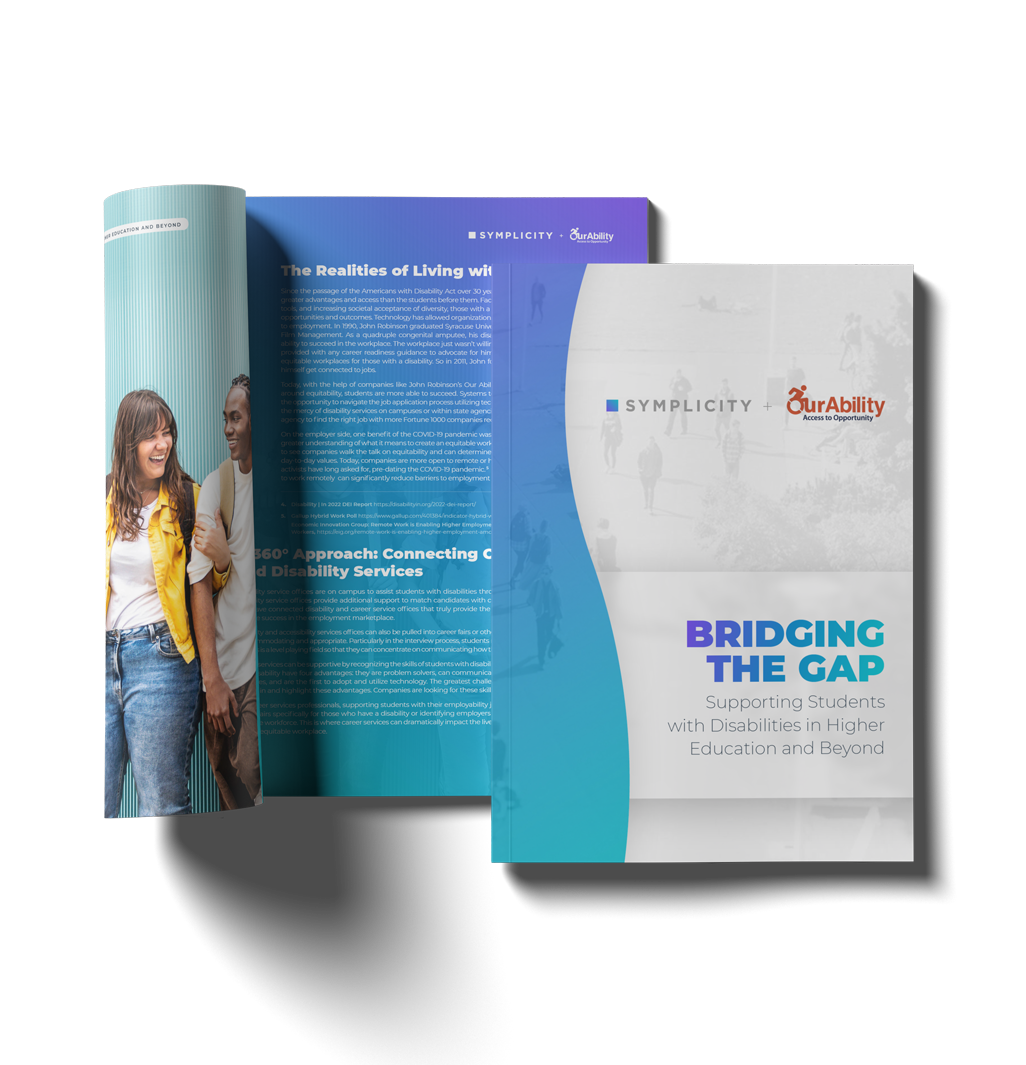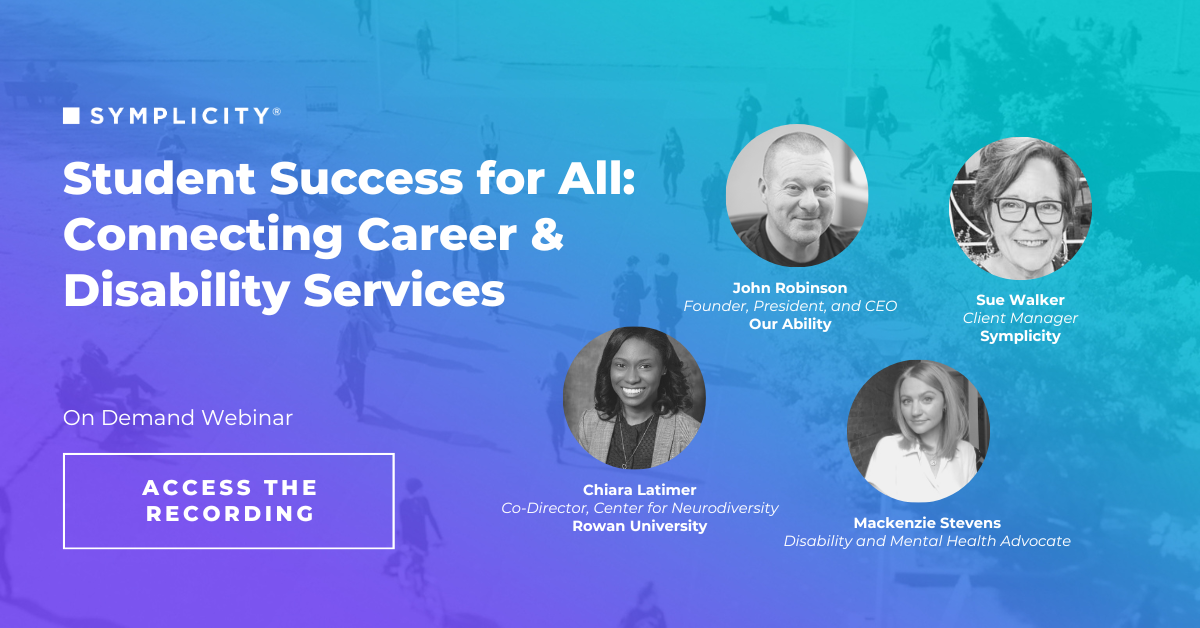
**Check out our recent webinar here**
Providing Holistic Accessible Support Across Campus with Symplicity

Connecting disability services with career services is crucial to student success. There are 16.4 million working-age people with disabilities in the labor force today.
There are 16.4 million working age people with disabilities in the labor force today. Roughly 30 percent of workers with a disability are employed part-time and roughly 7.2 percent in 2023 are unemployed, about twice that of those with no disability, according to data from the U.S Bureau of Labor Statistics. The youth unemployment rate in 2023 for those with a disability was at 11.8 percent, about twice that of those with no disability.
The number of college students with a disability has steadily increased with most recent data from 2020 finding that nearly 20 percent of undergraduates reported having a disability and more than 90 percent of all colleges enroll students with a disability. And this doesn’t account for the number of students who don’t even disclose that they have a disability.
This means that a significant portion of college students have a form of disability whether visible or otherwise. With Symplicity CSM and Accommodate, institutions can connect disability services to the career services office so that staff can become advocates for those in the disability community to find them meaningful work.
Designed to support an institution-wide approach to student success, Symplicity CSM and Accommodate break down the departmental silos that are often barriers to offering a holistic student experience.
For more than 20 years, Symplicity's integrated products have solved the challenges of multiple vendors and technology tools used in different departments, IT inefficiencies (data integration, training, and data security), students having multiple systems to log into, and departmental end users using different tools for different situations and variation from one campus to the next.
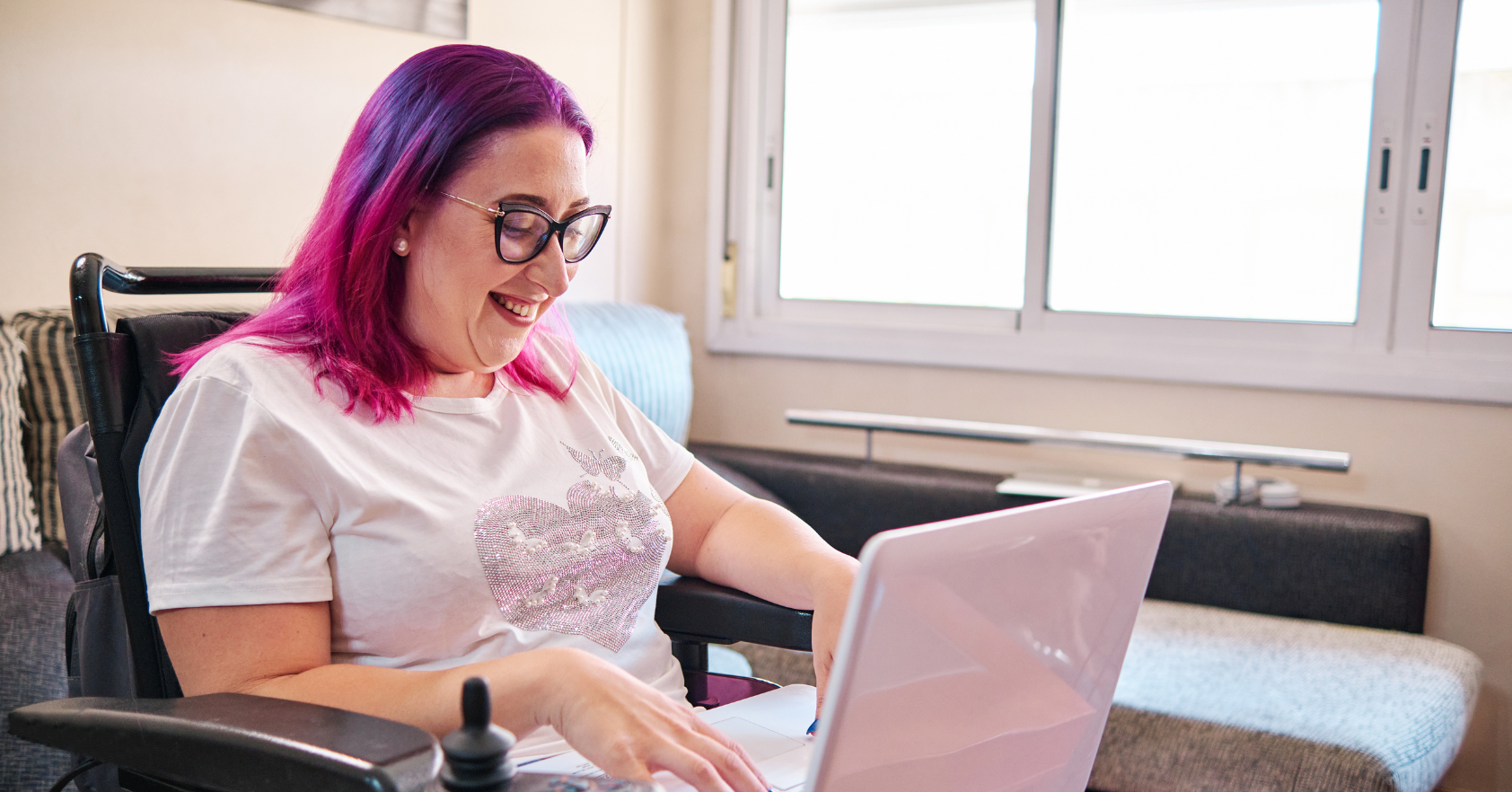
5 Ways Disability Services and Career Services Can Work Together
With roughly 20percent of U.S. college students with a disability, institutions can play a significant role in bridging the employability and pay gap by working more collaboratively between the disability/accessibility services offices and career services.
Often disability/accessibility offices are focused on supporting the student with on-campus accommodations, extending testing time, ensuring they can navigate campus, but what happens after the student leaves the student graduates? The post-graduation outcomes for these students have the odds stacked against them. According to recent data from the Bureau of Labor Statistics, individuals with a disability are more likely to be underemployed, unemployed, and underpaid.
Student Success for All:
Connecting Career & Disability Services Webinar
In 2023, it is still legal to underpay and underemploy a human being because of a disability. Yup, you read that right! With nearly 20 percent of college students being disabled, what will happen when they graduate college and try to find a job? Watch our webinar with:
John Robinson
Founder, President, and CEO
OurAbility
Mackenzie Stevens
Disability and Mental Health Advocate
Chiara Latimer
Co-Director, Center for Neurodiversity
Rowan University
Moderator: Sue Walker, Client Manager at Symplicity

5 Ways to Support Disability Job Seekers
In higher education, students with disabilities often face significant challenges when transitioning from secondary education to the workforce. The pathway to employment for disabled Americans is fraught with obstacles, including structural and attitudinal barriers to access, such as inaccessible transportation systems and employer reluctance to hire disabled workers.
Employing people with disabilities is usually seen as a social cause, one best suited to organizations that are not-for-profit or in the public sector. However, in many industries, innovative companies are showing that the inclusion of people with disabilities can lead to real competitive advantage and long-term profitability.

Disabled Student Outcomes: How Higher Ed Can Set the Standard for an Inclusive Workforce
While much progress has been made since the UK & Irish governments passed the Equality Act 2010 and the Disability Act 2005, respectively, there is still a long way to go in building truly equitable societies. The pandemic and ensuing economic uncertainty looks set to impact momentum. With an estimated 14.6 million people who have a known disability in the UK and 700,000 people in Ireland we should expect challenges on the horizon in ensuring the job market is accessible for those that need the most support.
Higher education has a crucial role in leveling societal imbalances, particularly when faced with a widening gap in graduate outcomes between those students with and without a disability. Universities and colleges have a responsibility to put holistic support in place at the start and throughout a student’s education, positively impacting how well prepared they are for the world of work.
If students have activity related to career development, we can send that data from CSM to the student profile sections of Insight and Accommodate/Access. This provides staff users of those systems a way to see if students are making progress on their career development.
If students have activity related to career development, such as an uploaded resume, or CSM logins, we can send that data from CSM to the student profile sections of Insight and Accommodate/Access. This provides staff users of those systems a way to see if students have engaged with the career services department, encouraging more collaboration across departments.
Connecting students to relevant experiential learning programs based on their academic plan, engagement, and interests. Easily manage, track, and assess experiential learning programs to better serve student

Bridging the Gap: The Importance of Integrating Disability Services with Career Services
Higher education institutions can play a critical role in bridging the gap between disability services and career services. Disability services offices can work with career services offices to ensure that students with disabilities have access to the resources and support they need to succeed in the job market. This can include providing accommodations during the job search process, such as assistive technology or interview accommodations, as well as connecting students with disability-friendly employers.
Careers for All: The Necessity of Building an Inclusive Workforce
Symplicity hosted a conversation on accessibility in career services with Carlos Taylor, program manager at the Gregory Fehribach Center which provides internships for students with disabilities. Taylor, who is legally blind, reflected on his experience navigating his own career journey and the work and outcomes of the center. Taylor was joined by Tonya Gaskins, Assistant Dean of Career and Professional Development at The Catholic University of America’s Columbus School of Law. This discussion was part of our annual CSM Symposium user conference.
.png)
Untapped Potential: Connecting Career Services to the Disabled
As employers across the globe look to expand their recruiting practices, many are missing an opportunity right in front of them: the disabled community. Within hiring practices, there is an untapped potential with a record number of people quitting their jobs, leaving many companies in a lurch to fill those roles: the disability community. At a time when employers are looking for talent, career services staff can connect to the disability services office to find untapped talent and build better campus relationships.

3 DEI Recruiting Efforts to Incorporate Amid the ‘Great Resignation’
Diversity hire leader, Arthur Woods, writing in the Harvard Business Review says that the ‘Great Resignation’ is an opportunity for companies to really evaluate their diversity hiring. For his book Hiring for Diversity, Woods studied over 100 organizations and found that fewer than half (47 percent) accounted for disabilities in their diversity hiring practices and only 11 percent accounted for hiring on the LGBTQ+ spectrum.
Integrations
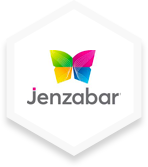
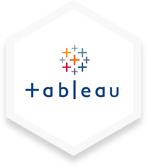

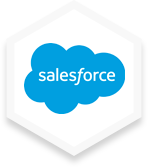
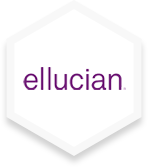

Learn how Symplicity can connect disability services and career services
Fill out our interest form below
